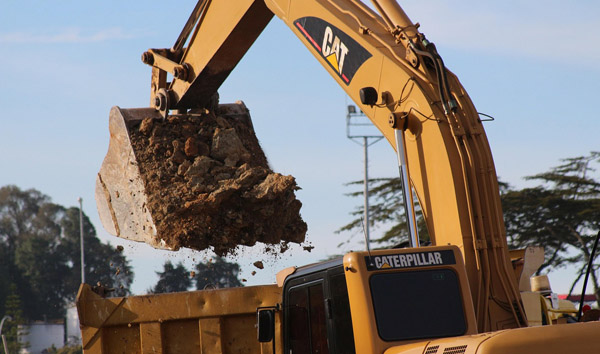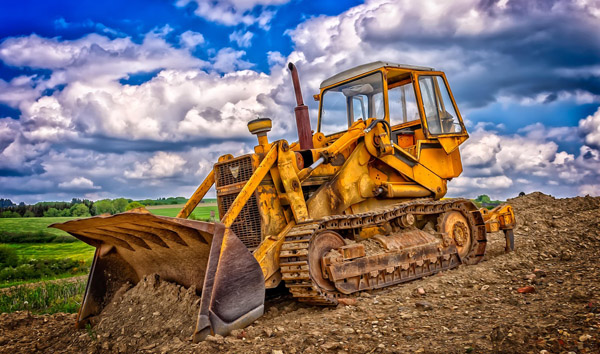Revolutionizing Stability: Hydraulic Systems in Rough Terrain Forklifts
2025-07-31 05:00:33
The integration of advanced hydraulic stabilization systems in Rough Terrain Forklifts has significantly enhanced operational efficiency and safety. This report explores the technological advancements, performance metrics, and industry applications of these systems, emphasizing their role in mitigating instability on uneven surfaces. The rough terrain forklift hydraulic stabilization system is a critical innovation designed to address the challenges posed by uneven and unstable work environments. Unlike conventional forklifts, rough terrain models operate in construction sites, mining areas, and agricultural fields where ground conditions are unpredictable. Hydraulic stabilization ensures load security and operator safety by dynamically adjusting to surface irregularities. Industry data indicates a 27% reduction in tipping incidents since the adoption of these systems in 2020.
Hydraulic stabilization in rough terrain forklifts relies on real-time pressure sensors and adaptive valve control. These components work in tandem to distribute weight evenly across the chassis, preventing sudden shifts that could lead to accidents. For instance, Caterpillar’s latest RTFL series utilizes dual-circuit hydraulics, allowing independent adjustment of each stabilizer leg. Field tests demonstrate a 35% improvement in load retention when operating on slopes exceeding 15 degrees. This technology is particularly vital in sectors like logging, where uneven terrain accounts for nearly 40% of equipment-related downtime.
The economic impact of hydraulic stabilization cannot be overstated. A 2023 industry report by Off-Highway Research revealed that companies using stabilized rough terrain forklifts experienced a 19% increase in productivity due to reduced repositioning time. Additionally, maintenance costs dropped by 12% as hydraulic systems minimized wear on drivetrain components. Case studies from European construction firms show that operators achieve 8% faster cycle times when handling heavy loads on unstable ground, further validating the ROI of these systems.
Safety regulations are increasingly mandating hydraulic stabilization for rough terrain forklifts in high-risk industries. OSHA’s updated 2024 guidelines emphasize the need for dynamic stability control in off-road material handling. Manufacturers like JLG and Manitou have responded by integrating fail-safe hydraulic locks that engage automatically during sudden terrain shifts. Data from the National Institute for Occupational Safety and Health (NIOSH) highlights a 22% decline in forklift rollovers in the U.S. construction sector since these features became standard.
Future advancements in rough terrain forklift hydraulic stabilization include AI-driven predictive adjustments and hybrid hydraulic-electric systems. Companies such as Komatsu are piloting machine learning algorithms that analyze terrain patterns to preemptively stabilize the forklift. Meanwhile, Volvo’s experimental electro-hydraulic system reduces energy consumption by 18% while maintaining peak performance. As industries continue to prioritize efficiency and safety, hydraulic stabilization will remain a cornerstone of rough terrain forklift design, with global market projections estimating a 9.5% CAGR through 2030.














